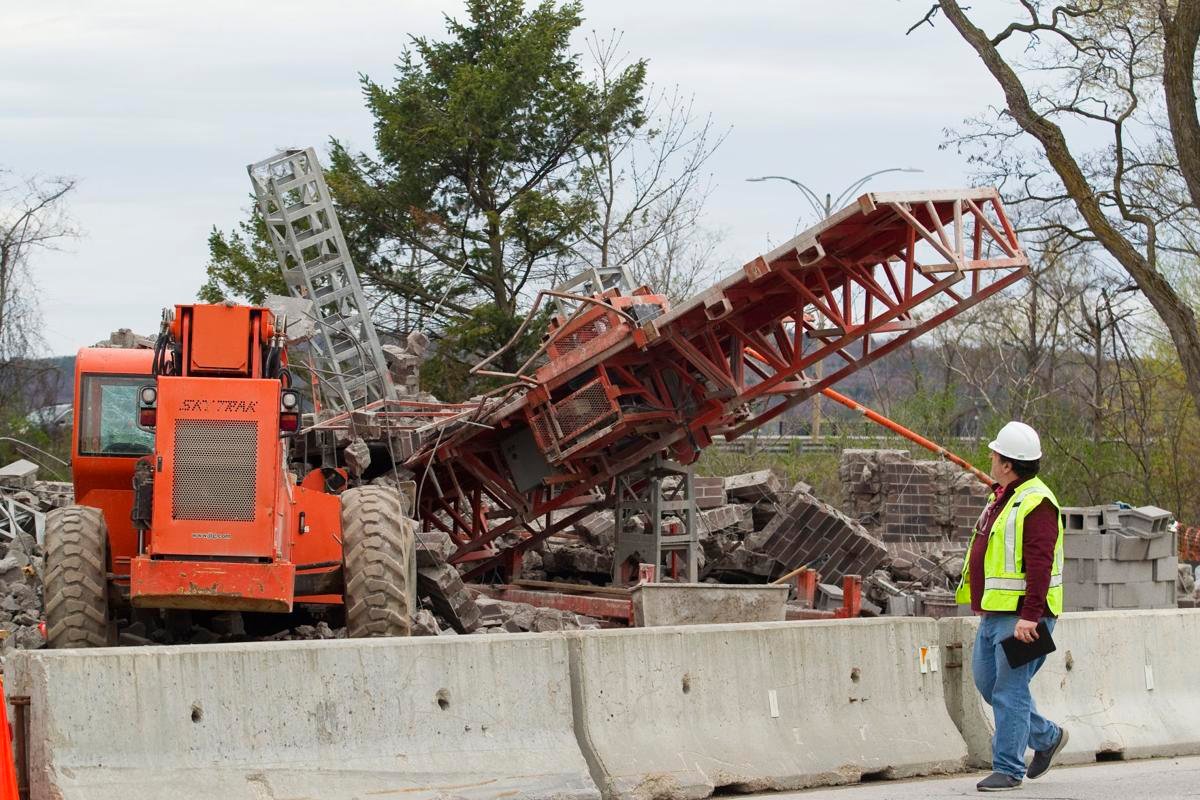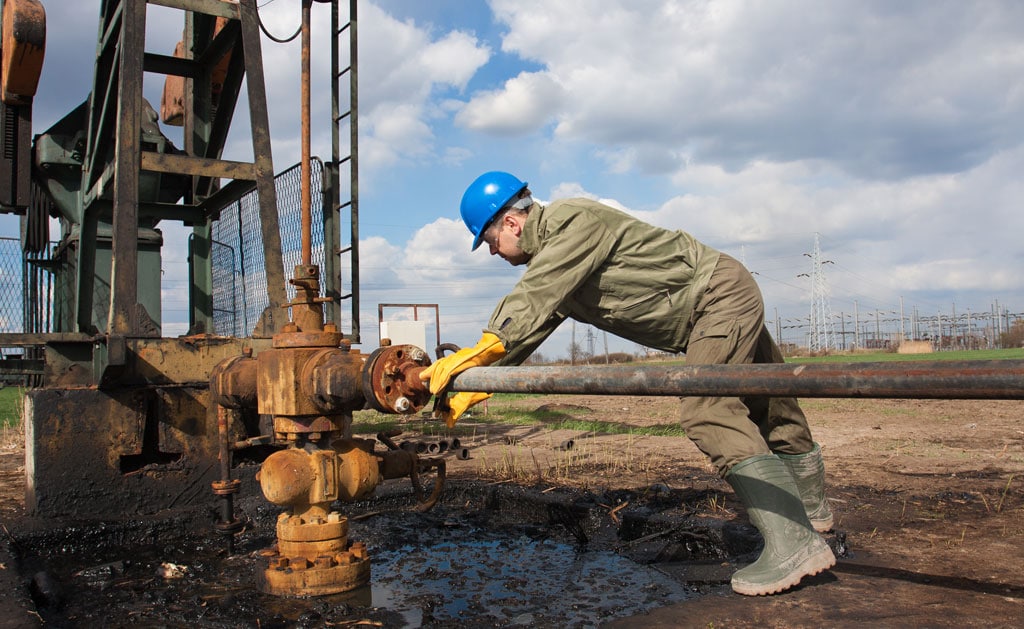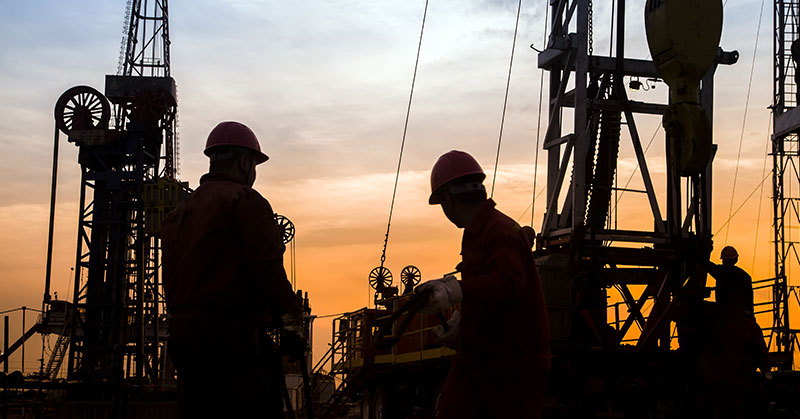
Working on an oilfield is no easy task. It involves long hours, harsh weather conditions, and dangerous machinery. Unfortunately, the dangers faced by oilfield workers do not stop there. Accidents and injuries are common occurrences, and they can be deadly. This blog will delve into the hazards and risks faced by oilfield workers and examine the importance of safety measures that must be taken to ensure their well-being. From explosions to toxic chemicals, workers on oilfields face a range of hazards that require strict adherence to safety protocols. Read on to learn more about the dangers faced by oilfield workers and what can be done to protect them.
1. Overview of the risks of working in the oilfield industry
Working in the oilfield industry is a risky and dangerous job. Oilfield workers face a lot of hazards such as heavy machinery, heights, chemicals, moving vehicles, and bad weather conditions. They work for long hours and may be pressured by oil industry employers to do more work in less time, which can lead to accidents and injuries. Many workers take the risk because oilfield jobs often pay well. Unfortunately, the numbers don’t lie, as the fatality rate for workers in the oil and gas industry is higher than that of other industries. Approximately 100 oil workers die on the job each year, and thousands more are injured. Texas has the unfortunate distinction of leading the nation in oilfield worker injuries and deaths, with many of these deaths happening due to falls, equipment malfunctions, and transportation accidents. While there are hazardous jobs in the oilfield industry, employers should prioritize the safety of their workers by following regulations and implementing safety procedures. [1][2]

2. Statistics on fatalities and injuries in the oil and gas industry
Oilfield work is undeniably dangerous, with workers constantly exposed to several hazards such as heavy machinery, chemicals, and high-risk environments. The Centers for Disease Control and Prevention (CDC) reports that the fatality rate for oil and gas industry workers is higher compared to other industries. Every year, approximately 100 oil workers die on the job, with thousands more getting injured. Furthermore, Texas, the leading oil producer, has the highest number of oilfield worker injuries and fatalities in the country. During one recent year, 44% of oil industry deaths happened in the state. The top five most hazardous oilfield jobs include Derrick hands, Roustabouts, Drivers, Drillers, and Motormen. Inhalation of toxic substances, being struck by tools, equipment malfunctions, and motor vehicle accidents are the most common causes of injuries and fatalities in the oil and gas industry. Injuries can result in severe physical trauma, such as loss of limb, burns, and broken bones. Injured oilfield workers in Texas may have options to get financial help depending on their employer, whether they are a subscriber to workers’ compensation, and the circumstances of their accident. [3][4]
3. Hazards faced by oilfield workers: weather, heavy machinery, chemicals, and more
Oilfield work can be very dangerous due to various hazards that workers face on the job. Heavy machinery, heights, chemicals, moving vehicles, and bad weather conditions are among the many dangers that oilfield workers encounter. Working for long hours and being under pressure from employers to increase productivity can also contribute to accidents that may result in injuries or sometimes even fatalities. The risks associated with oilfield jobs are evident in the statistics from the CDC and BLS. The fatality rate for oil and gas workers is higher than that of other industries, with approximately 100 oil workers dying on the job each year. In addition to deaths, thousands more oilfield workers are injured annually. Texas is the leading producer of oil in the US and unfortunately, it also leads in oilfield worker injuries and deaths. The most dangerous oilfield jobs include derrick hands, roustabouts, drillers, motormen, and transportation workers. Oilfield workers can sustain severe and life-altering injuries such as burns, amputations, traumatic brain injuries, and spinal cord injuries, among others. [5][6]
4. The dangers of working long, tiring hours and company pressure to increase production
Oilfield work is not only physically demanding, but it can also be mentally exhausting. Many oilfield workers are expected to work long, tiring hours, sometimes for 7 to 14 days straight, before getting a day off. This can lead to fatigue and increase the risk of accidents. Additionally, there may be pressure from oil industry employers to do more work in less time, which can also lead to shortcuts in safety procedures.
Workers who are tired or stressed may not be as focused as they need to be, which can lead to mistakes or accidents. This is why it is important for employers to provide training for workers on how to manage fatigue and stress. It is also essential for workers to be aware of their own limitations and to speak up if they are feeling overworked or pressured. Safety should always be the top priority, and every worker should feel comfortable reporting any safety concerns or risks to their employer. By working together, employers and employees can help reduce the risks of accidents and injuries in the oilfield industry. [7][8]

5. Texas leads the country in oilfield worker accidents
Oilfield work in Texas is extremely risky, as it leads the nation in the number of fatal accidents. According to reports, from 2008 to 2012, there were 545 deaths resulting from drilling and fracking operations, with Texas leading the way with 216 fatalities. The most common cause of these deaths was falls from heights of over 30 feet, with drilling contractor workers being the most commonly affected. In fact, 41% of all oilfield fatalities occurred in Texas. Unfortunately, accidents are even more common in Texas, due to the state having the largest oil reserves in the country, resulting in more workers and equipment on its fields. It is vital for workers to take precautions and know what to do if they are involved in an accident. Seeking legal assistance can help them through the difficult process of seeking compensation for their injuries. [9][10]
6. Most hazardous oilfield jobs: derrick hands, roustabouts, drillers, and more
Working in the oilfield industry can be dangerous, regardless of the position held. However, there are some jobs that are more hazardous than others. These six positions are considered to be the most dangerous in the industry: roughnecks or roustabouts, motormen, derrick operators, drillers, oil rig managers or toolpushers, and truck drivers and transportation workers. Roughnecks and roustabouts handle more physical tasks, and are at risk of accidents due to the constant bending, lifting, and climbing they must do. Motormen work with engines and equipment, which poses its own set of risks. Derrick operators are high above the ground on a platform and are at risk of falling. Drillers oversee the crew during oil extraction and troubleshoot any issues that arise. Oil rig managers are in charge of supervising all positions and ensuring compliance with regulations. Truck drivers and transportation workers are at risk due to longer working hours and less regulated safety standards. Other oilfield professions such as pipelayers and pipefitters can also be dangerous. Common injuries include sprains, broken bones, burns, brain trauma, back injuries, and spinal cord damage. It’s crucial to seek help after an oilfield injury. [11][12]
7. Common causes of injuries and fatalities for oilfield workers
Oilfield work comes with its fair share of hazards and dangers, and unfortunately, injuries and fatalities are all too common. Some of the most common causes of injuries and deaths for oilfield workers include falls from rigs, fires and explosions, exposure to toxic chemicals, inhalation of toxic substances, and equipment and machinery malfunctions. Motor vehicle crashes going to and from rigs are also a leading cause of oilfield worker fatalities. These accidents can result in serious injuries such as amputations, burns, head and neck injuries, and paralysis. With such high stakes involved in oilfield work, it’s important for employers to prioritize safety measures and provide proper training and safety equipment to protect their workers from harm. [13][14]

8. Types of serious injuries sustained by oilfield workers
Working in an oilfield is a risky job that can result in serious injuries or even death. Oilfields are home to numerous hazardous situations that can cause accidents and injuries. Here are the most common types of serious injuries that oilfield workers may sustain.
Electrocution is a major risk due to the exposure of workers to electrical wiring while working in an oilfield. If electrocution happens, it can cause severe burns, unconsciousness or death. To prevent this, it is essential to ensure proper maintenance and regular checks of all electrical equipment.
Another hazard is improper maintenance of heavy machinery and a lack of appropriate training for employees, which can lead to accidents resulting in fatal or severe injuries. Slips and falls can be serious, particularly when working on elevated rigs. Contractors may also easily slip while working on an oilfield, and these incidents can be prevented with the appropriate safeguards.
Oil well blowouts can cause an uncontrolled release of oil or gas while drilling. It can be hazardous when oil is ignited. It is vital to recognize the warning signs, like liquid spurts and increased pressure mainly when gas, water or oil enters the well during drilling, to prevent this. [15][16]
9. Recourse for injured oilfield workers in Texas
When oilfield workers in Texas are injured on the job, they may be entitled to compensation for their medical bills, lost wages, and pain and suffering. In order to obtain this compensation, injured workers may need to file a workers’ compensation claim or a personal injury lawsuit against their employer or a negligent third party. These claims can be complex and require a thorough understanding of Texas law, so it is important for injured workers to seek the help of an experienced attorney who can guide them through the legal process.
If you or a loved one has been injured while working in the Texas oil and gas industry, it is important to understand your legal rights and options. A skilled attorney can help you identify the liable parties and pursue the compensation you deserve. Additionally, injured workers may be eligible for disability benefits through the Social Security Administration or other programs. By working with an attorney, you can ensure that all possible sources of compensation are explored and that your rights are protected throughout the legal process. Remember that you do not have to face the aftermath of an oilfield accident alone – a compassionate attorney can be your advocate and fight for the justice you deserve. [17][18]
10. The importance of speaking up about safety hazards and the right to a safe workplace.
Oilfield workers face many dangers on the job, from transportation hazards to struck-by/caught-in/caught-between hazards and other types of accidents. It is essential for workers to recognize and control these hazards to prevent injuries and fatalities. However, it is also important for workers to speak up about safety hazards and to assert their right to a safe workplace. Employers have a duty to ensure that the workplace is safe and free from hazards, and workers have the right to report safety violations without fear of retaliation. Workers should feel empowered to speak up about safety concerns and to participate in safety training and programs. By working together with their employers to prioritize safety, oilfield workers can help prevent accidents and injuries and ensure a safer workplace for themselves and their colleagues. [19][20]


